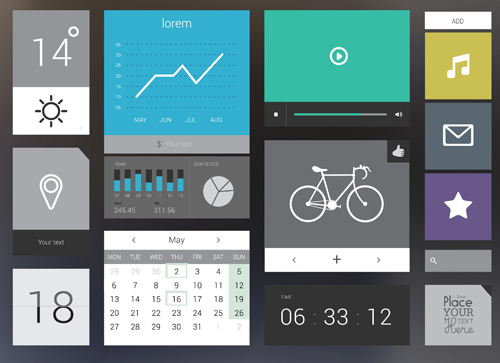 Most UX designers I know didn’t get into the field because they have a passion for measuring.
Most UX designers I know didn’t get into the field because they have a passion for measuring.
But even when numbers aren’t your motivation, at some point in your career you’ll likely need to provide evidence that a new design is actually better that a previous one.
And an interface is only “better” if it’s measurably better. Maybe the new design allows users to complete a task in a way that’s quicker or more satisfying, or they can accomplish a task that wasn’t possible before.
The process of knowing what to measure, how to measure, and how to communicate the results, can be daunting.
While UX measurements can get sophisticated quickly, it’s good to know the essentials and even how to address some of the more common questions. It’s exactly what we do during our 3 day UX Boot camp.
Here is a list of articles we’ve written that can serve as a starting point when you need to measure your designs.
- Start with three key principles when designing for usability.
- Early focus on users and tasks
- Iterative design
- Empirical measurement
- Get acquainted with key metrics that measure the user experience. There’s no magic UX thermometer; instead you need to rely on a combination of attitudes and actions.
- Understand the core methods. While there are dozens of UX research methods, many are just variations on each other. Familiarize yourself with these essential ten.
- Let numbers inform design with these best practices.
- Think scientifically without having to be a scientist. With common metrics, methods, and importance on measurement in mind, use these five words to help you implement the scientific method:
- Hypothesize
- Operationalize
- Randomize
- Analyze
- Synthesize
- Practice making better design decisions with data. Try these five examples.
In addition to understanding the fundamental concepts around measuring the user experience, here are four common design measurement problems and how to address them:
- Do users notice design elements? Three ways to find out.
- Do users “get” a design? Three Rs of measuring design comprehension.
- Is that the best icon? Seven ways to test the effectiveness of icons
- Did a design get better? Eight ways to show design changes improved the user experience.


